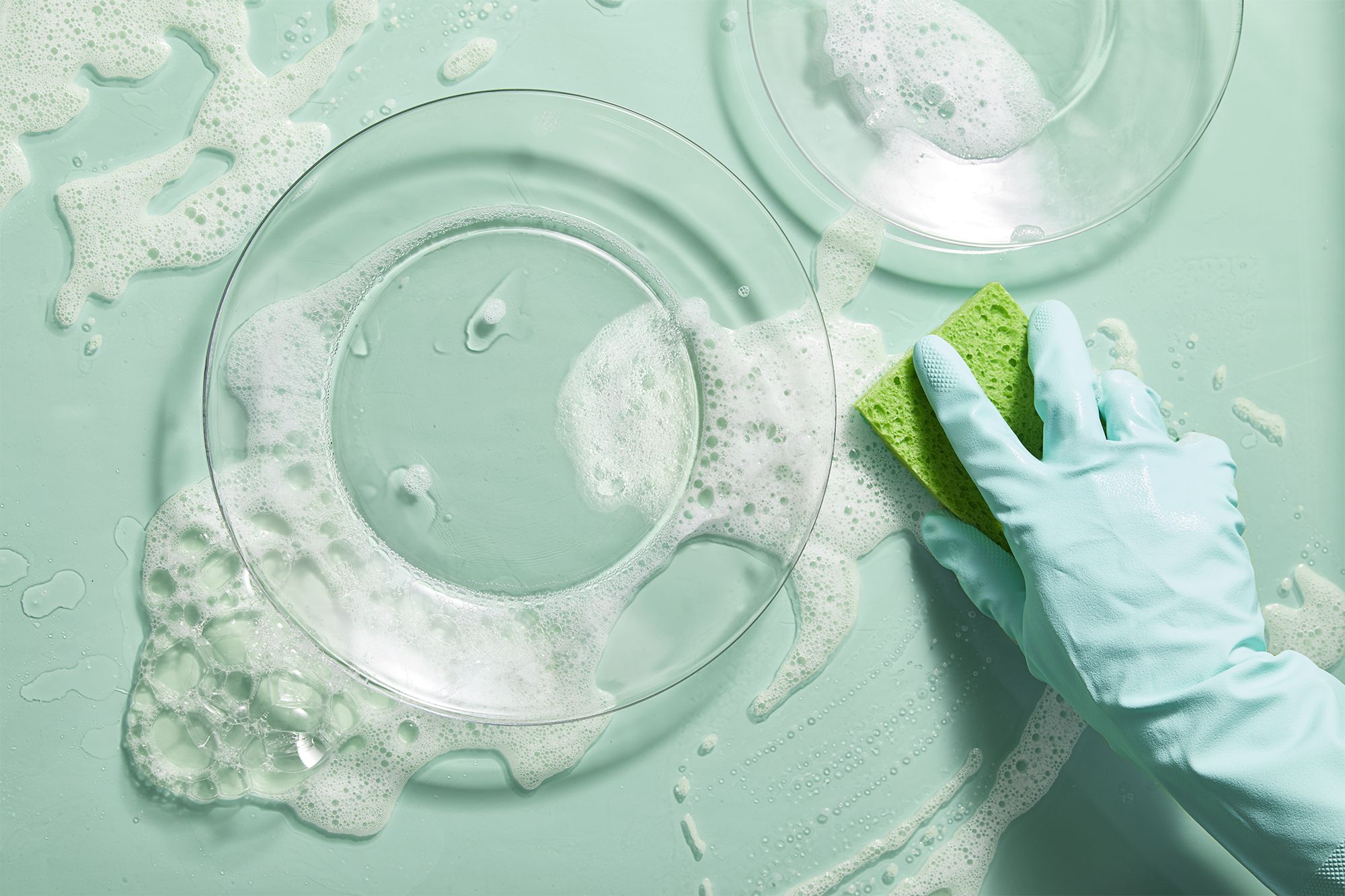If your house is always a mess and you do not know where and what lies, then here are 3 thoughtful methods of cleaning from around the world that will keep your home clean and tidy. To organize your home, you will also need special inventory apps, reviews of the best of which you can find on apppearl.
Kaizen
The Japanese philosophy of kaizen – translated as “continuous improvement” – does not only apply to cleaning: large Japanese companies work according to these principles.
Toyota employees have discarded the lyricism of kaizen, leaving only direct instructions for action. Their method implies sorting, keeping order, keeping cabinets clean, standardizing, improving. You can apply principles of kaizen to anything, but they are the best for cleaning and organizing your home. Here are the main rules of this method.
- Make an accurate list of the places you spend time at home. For example, the desk at work, the sink in the kitchen, the couch in the living room, and so on. When cleaning, you need to take turns taking all these places: sit on a chair, stand up to the sink, lie down on the couch – and clean those items and surfaces you can reach. Once a week you can clean one such area.
- Take each position and look around. If there are items around that shouldn’t be there, move them into place. Then mark with green stickers those things that are actually needed, orange ones that you use very rarely, red ones that you can get rid of. At the end of the cleaning, all the green stuff should be left behind, the orange stuff should be sent elsewhere, and the red stuff should be taken out of the house.
- Have several buckets for garbage. Each room should have a bucket to immediately get rid of small debris: scraps, threads, crumbs, fallen food.
- Spot weak spots. Be observant and come up with solutions that will keep cleaning to a minimum.
Flylady
- Marla Sealey’s housewife system was, until recently, the most famous in the world – in terms of the number of books sold. Silly, brought up in the tradition of patriarchy, addressed her system exclusively to women, who, in addition, she urged to dress nicely while cleaning. Here are the main principles of this method.
- Divide the house into five or seven equal zones. Assign each zone a certain day of the week. For example, Tuesday – the hallway and all the corridors, Wednesday – the hardwood flooring of kitchen, Thursday – the bathroom.
- Separate cleaning from tidying up. Cleaning is the removal of dirt from the surfaces: floors, stove, shelves, tiles. And putting things in order – putting them in their places. One day a week should be devoted to cleaning and the rest to tidying up.
- In each area, you need to identify the “hot spots” where you usually accumulate junk: drawers, shelves, nightstands, cabinets, chairs. And then – to experiment with their location. Say, remove from the room chair, which invariably grows a mountain of clothes.
- Identify things that are nomadic. There are things that don’t have their own place, causing them to constantly get lost or hit “hot spots.” You need to think about why this happens and find permanent places for these things. For example, build a nice key holder for all the keys right on the front door to always hang the key in the same place.
- Set a timer for 15 minutes while cleaning each area. It’s convenient to do this at the same time. Let’s say every Wednesday at 7:45 p.m. to deal with the kitchen, on Thursday at the same time – with the bedroom.
- Make a ritual of micro-cleaning before going to bed. For example, wash all the dishes and sink in the kitchen. Dishwasher owners can think of something else, like washing and polishing shoes.
The Konmari Method
Noriko Kondo, the father of the author of the method, was a professional kaizen consultant and storage guru. It was on the basis of this Japanese philosophy that Marie Kondo built her cleaning system. The Western world in the method of Konmari captivates respect and appreciation for things and the maximum awareness of life, and also – sensible practical advice such as folding clothes into tubes.
This is how to apply Japanese philosophy to reality.
- Every two months, you should have an audit of all the things in the house. It is important to take a whole day and involve all family members. You should sort things by category: clothes, papers, kitchen utensils, and gadgets. To analyze a category, all the things from it are supposed to be collected in one place — for example, folded in the center of the room — and sorted one by one, asking yourself whether this thing brings joy. All that does not please is to give away, sell or throw away.
- Store things vertically. So that every closet, dresser, and organizer has all of its contents in full view. Closets and shelves should not be filled entirely, otherwise, there will be a mess. Textiles should be twisted into tubes, books – put so that the spines were visible. Even in the kitchen cabinets items should stand upright and not hide behind each other.
- Things from one category should be kept in one place. For example, all the cutlery in the house should lie in one drawer. The same goes for books, bags, medicine, bedding, and everything else.

